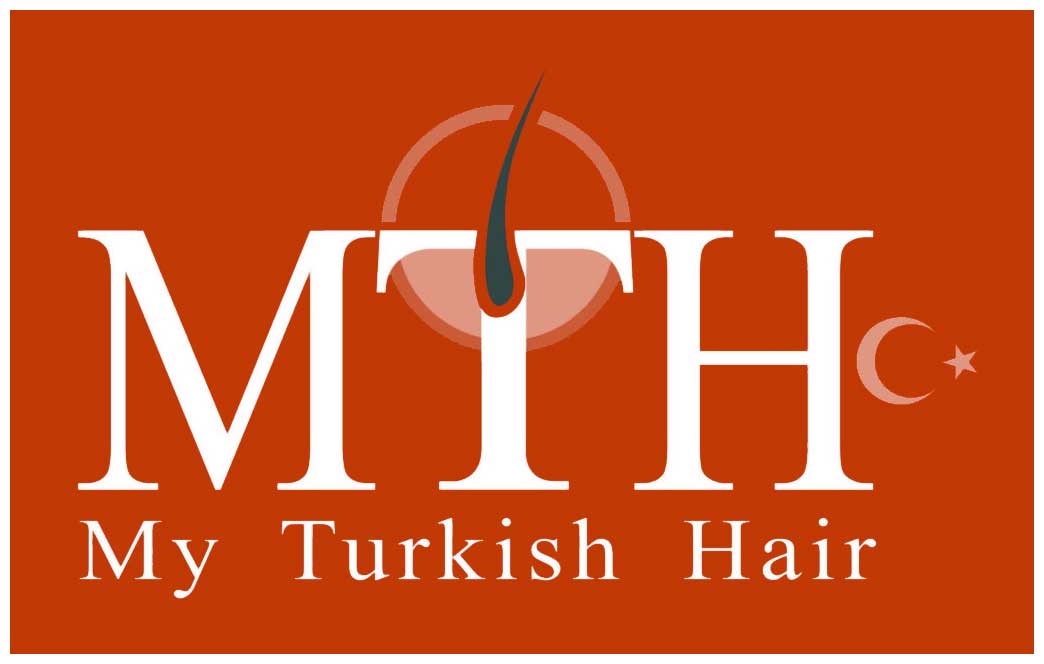On this page you will find all the information on DHI hair transplants (Direct Hair Implant). This technique consists of the direct implantation of grafts extracted from the donor area into the receiving area, without having to create a canal opening.
Here we will explain in detail the stages, the characteristics, and the advantages of this method, which represents the vanguard of trichological (hair and scalp) surgery. Thanks to DHI hair transplants, not only can you achieve greater hair density and better control of the future direction of hair growth, but you can get a truly natural-looking result.
![hair-transplant-dhi-technique[1] hair-transplant-dhi-technique[1]](https://myturkishhair.b-cdn.net/wp-content/uploads/2024/04/hair-transplant-dhi-technique1.jpg)
The DHI method, as an upgrade of the FUE technique, is based on the same principle of extraction of follicular units. During the hair transplant with the FUE technique, after extracting the grafts from the donor area, the channels for the grafts in the recipient area are opened and the follicular units are implanted in those channels.
The first stages of DHI hair transplants, just as with the FUE technique, are the following:
- The pre-operative visit: the medical specialist analyses the patient’s hair situation and together with the patient decides upon the new hairline. During this visit, the details of the operation will be explained, and the team will answer any questions or concerns.
- Follicular unit extraction: follicular units are taken from the scalp donor area, usually the nape, with the use of a specific micromotor with a hollow needle.
- Anaesthesia of the receiving area: the areas affected by the graft of hair follicles are anaesthetised with the Comfort-in method (type of a local anaesthesia without needles).
The difference between the two techniques lies in the process of implanting the follicular units. The DHI hair transplant requires that the grafts – after having been taken from the donor area – are implanted directly in the recipient area, without the need of opening the microchannels. In this way, the grafts will not be deprived of the body’s natural nutrients, which leads to a significant increase in the growth rate.
The opening passage of the microchannels is no longer necessary, as the grafts are implanted directly into the scalp thanks to a precision instrument called the Choi Implanter Pen. Although this procedure takes longer, the end result is far better: the effect is very natural and enjoyable, and the density of transplanted hair per square centimetre is higher.
To find out which method is most suitable for you, and how many grafts you need, we also offer an online hair analysis – free of cost and obligation. Send us your pictures and describe your wishes and our experts will formulate a quote for you in no time.
Using the Choi Implanter Pen the hair is implanted in the skin with a pressure system. The grafts are inserted inside this pen-shaped instrument and then inserted into the receiving area, by pressing lightly on the upper part of the instrument. This method works exactly like a trigger pen and its tip is used for inserting the capillary bulbs. The implanter is also equipped with a pressure control system, to adjust the depth of insertion of the follicular units inside the scalp.
With DHI hair transplants it is possible to consider the direction of growth of the implanted hair as precisely as possible, in order to obtain a very natural result. In addition to controlling the direction of the hair growth, the DHI hair transplant method allows you to implant the bulbs with maximum density and to combine the two phases (graft insertion and channel opening) in a single step.
Additionally, the thin needles of the implanter used for the DHI hair transplant methodology reduce the risk of scarring and ensure faster healing so that you can return to your normal life in the shortest possible time. Some other advantages include:
